The 2017 Indigenous Camp provided me with my first trip to Broome, and it was incredibly worthwhile.
I really got a lot out of learning about the history over there and the importance of culture to the Kimberley region — it was a truly eye-opening encounter. I think that a lot of the boys took a fair bit away from that.
To hear from the elders and the senior members of the community was fantastic. Sometimes all you have to do is sit down, listen and have a yarn and you can learn so much about something you previously didn’t know much about.
I’d love Indigenous Camp to happen every year because the average career for Indigenous players is about five years — so you might only be lucky enough to attend one or two camps in your time.
For the younger guys, they really get something out of connecting with the other boys on the trip — some they know and others they’ve just met. The boys talk about where they’re from, who they’re related to and occasionally new connections are made between the players and the land.
While we were away, both Brendon and Callum Ah Chee went through the same church at Beagle Bay as their great-great-grandmother, so that really depicts the significance of the camp, and what can be learned from talking and listening.
Initially, everyone is a little bit shy when these camps commence, so we initiated an activity on the beach where the first-three-year players introduced themselves, explained where they were from and talked through their footy career to date. That was a great experience for all involved.
For us senior guys, it’s imperative to learn about where everyone is from and to build connections with the younger boys so that we can band together and help each other out.
When it comes to support and helping each other out, I’d say that Port Adelaide are the envy of the competition in terms of the Aboriginal programs that we run and the care provided to AFL players.
We need the other clubs begin to buy into this because it’s important for all of the AFL to acknowledge the growing numbers. We have nine Indigenous players on our list which is more than 25 percent of the playing group and that’s why we’ve taken these steps to value the level of support placed.
Following the camp, I’m hoping the player development managers who attended go back to their clubs and share their experiences to better educate.
I’ll be standing up in front of the club at Port Adelaide and presenting to ensure that there’s no divide between the playing group and that they all understand what we got out of Indigenous Camp. It’s crucial to relay the importance of the trip back to the club so they can realise why we want to attend.
We’ve got a really young group of Indigenous players in the league now, and it’s incumbent on everyone to stand up — not just the Advisory Board members.
We all need to take a step forward and use our influence within the community to drive a positive change. As much as there’s young members on the Advisory Board already, we want to create an environment where more and more younger players want to be involved.
Everyone took a step forward on this camp, that was clear to see, and if I could break it down into three key learnings, these would be what I took away:
1) Transitioning outside of the AFL lifestyle and into future opportunities: We learnt the stats behind that and the fact that we’re five times more likely to access the hardship fund
2) Cultural awareness: It’s imperative for all guys to learn about where they’re from and the origins
3) Connecting with each other: We’ve built a real camaraderie and that starts at Indigenous Camp because it’s rare to get the chance to be in front of players from other clubs for this amount of time.
It’s my hope that all the boys can’t wait already for the next opportunity to attend the camp!


